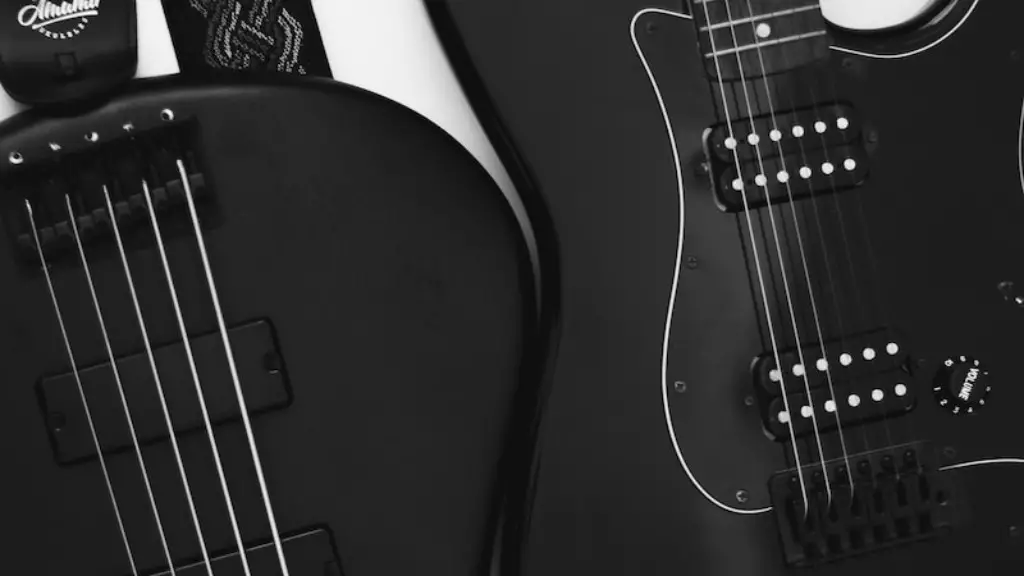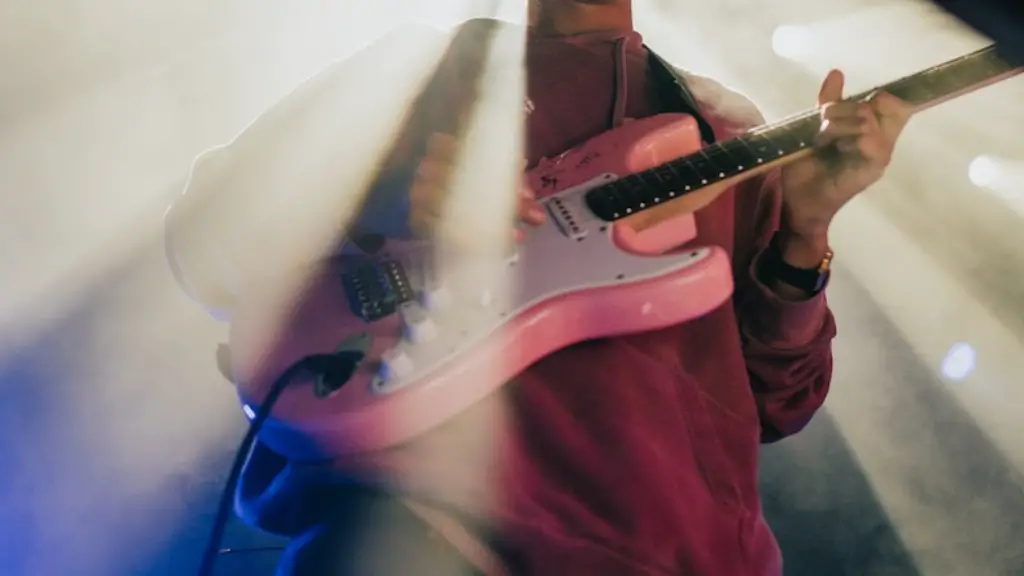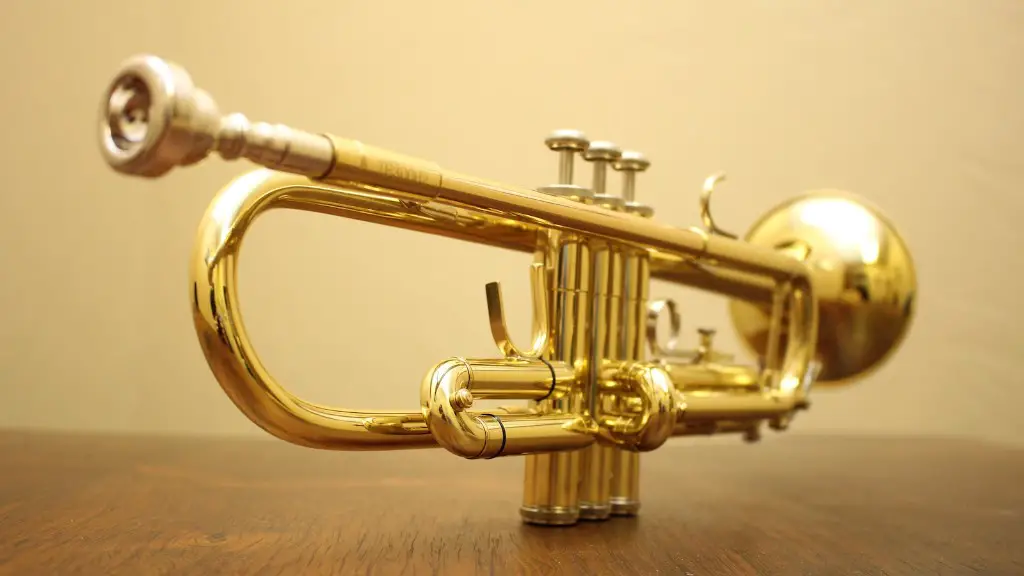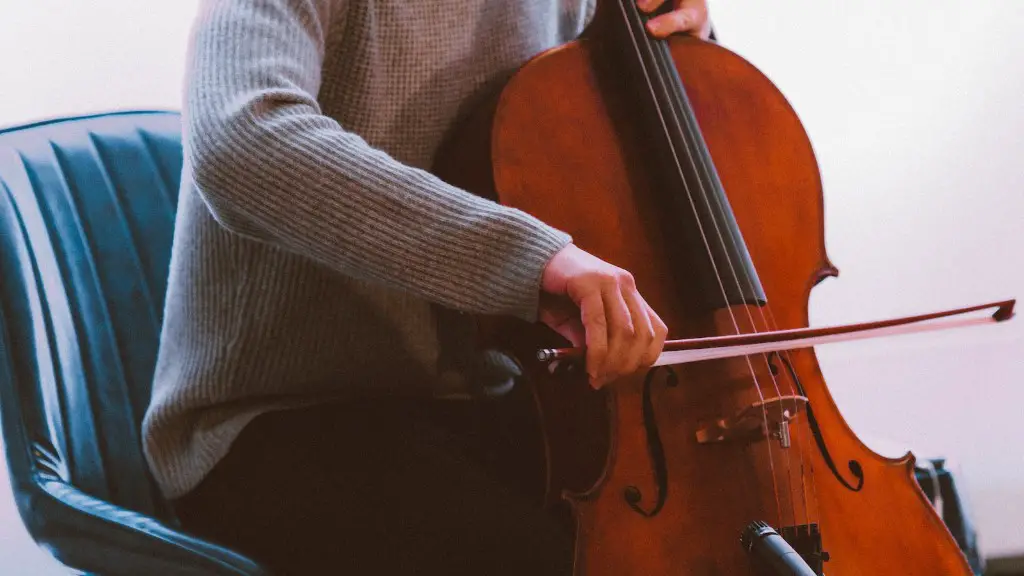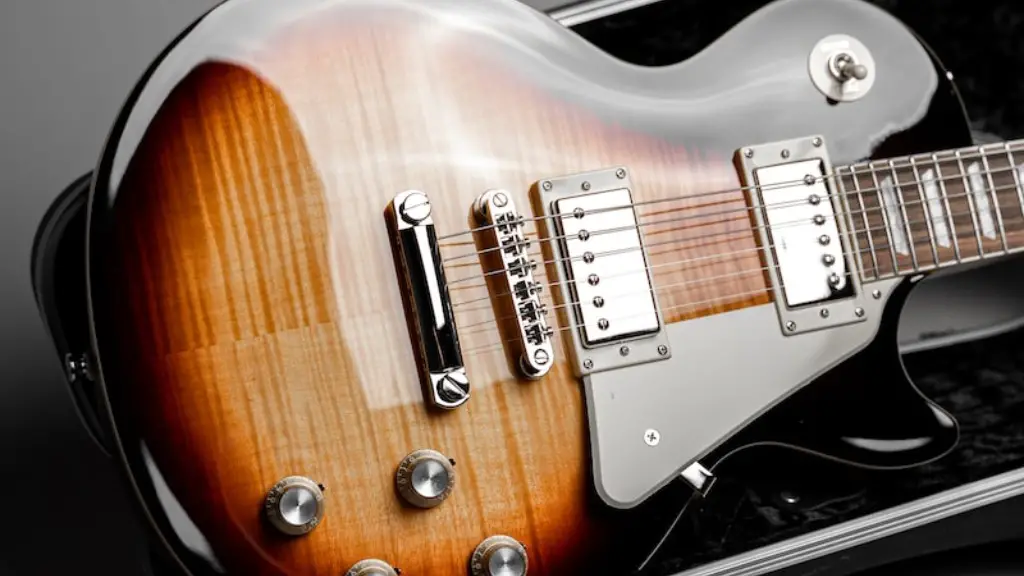Are you interested in learning how to shred on electric guitar? You’re in the right place! Shredding is a great way to take your guitar playing to the next level. It involves using techniques like fast picking, legato playing and tapping. In this tutorial, we’ll teach you the basics of shredding and show you how to use these techniques to create exciting solos.
We’ll also help you develop good technique and timing which are essential for shredding. We’ll also provide you with exercises and tips on how to practice shredding so that it becomes second nature. Finally, we’ll give you some guidance on where to go from here and unlock more of your potential as a guitarist.
So let’s get started! Put your guitar hero hat on and get ready for some serious shredding!
Shredding on Electric Guitar
Shredding is an advanced technique used in electric guitar playing that focuses on playing quickly and accurately. It involves playing fast notes, often using alternate picking and string skipping patterns, as well as tapping, sweeping and legato techniques. To shred on electric guitar effectively, you must have a strong command of the guitar neck, as well as the ability to play single notes cleanly and accurately.
The key to successful shredding is practice – make sure you practice scales, arpeggios, licks and other techniques regularly in order to build speed and accuracy. You should also work on developing your fretting hand strength, as this will help you play faster and cleaner notes. Finally, use a metronome to help you improve your timing and develop better accuracy when playing complex passages. By combining all these elements together, you can become an effective shredder.
Find the Right Pickups for Your Shredding Style
Shredding on electric guitar requires a specific set of pickups to achieve the desired sound. Single-coil pickups are often used for their bright, glassy tone, while humbuckers provide a thicker and warmer sound. When selecting pickups for shredding, it is important to look for models that have good clarity, sustain, and attack. Higher output pickups will also help you achieve the high gain tones needed for shredding.
It is also important to consider the type of wood used in the guitar’s body. Alder and maple are two popular woods that provide a bright sound and are great for shredding. For players who prefer more of a traditional vintage tone, mahogany or ash may be better suited. The number of pickups on the guitar can also affect the tone; if you want more versatility, a guitar with three or four pickups might be best.
When shopping for pickups, make sure to read reviews and listen to audio samples before making a purchase. This will help you ensure you’re getting the right sound for your style of playing. With the right pickups installed on your guitar, you’ll be ready to shred!
Develop Your Finger Strength
Shredding on electric guitar is an integral part of the instrument. To play at a high level, you need to develop your finger strength in order to make clean and precise movements on the fretboard. You can improve your finger strength by practicing scales and chords with a metronome and performing exercises that target each finger individually. Additionally, you should look into tools such as finger strengtheners that can help you build up muscle memory and dexterity.
It’s important to remember that developing finger strength is a gradual process, so be patient with yourself. Spend time each day challenging yourself to play faster and cleaner licks, and focus on using proper technique to ensure that your fingers are getting the exercise they need. With enough practice and dedication, you’ll be able to shred like a pro in no time!
Alternate Picking and Legato Playing
Shredding on an electric guitar is a skill that takes lots of practice and dedication. To master the art of shredding, two techniques must be learned: alternate picking and legato playing. Alternate picking is the process of alternating between upstrokes and downstrokes when playing single notes. This technique is used to increase speed and precision when playing fast passages. Legato playing involves using hammer-ons and pull-offs to create smooth lines without picking each note. Both techniques require practice to ensure accuracy and clean execution.
To improve these skills, it’s important to focus on proper technique first. When practicing alternate picking, make sure your upstrokes and downstrokes are even in speed, volume, and accuracy. This will help develop a consistent sound with no unwanted noise or mistakes. For legato playing, focus on keeping the notes connected by maintaining even pressure between each finger when hammering-on or pulling-off. Doing so will create smooth transitions that flow nicely.
These techniques may take some time to master but with dedication, you’ll soon be able to play fast passages with ease. So keep practicing and you’ll soon be shredding like a pro!
Utilizing Economy Picking
Economy picking is an essential technique for electric guitarists who want to take their playing to the next level. It allows you to play faster, more efficient lines and create interesting riffs. Economy picking involves picking the strings in a smooth motion, alternating between downstrokes and upstrokes. This helps create a fluid sound and creates less fatigue for your pick hand. Additionally, economy picking helps keep your hands in sync and allows you to make quick changes along the fretboard.
When practicing economy picking, it’s important to start slowly and build up speed over time. Start by practicing basic patterns on one string at a time, using eighth notes or sixteenth notes as the basis of your rhythm. You can then practice switching between different strings while maintaining the same rhythm. Make sure you’re making clean transitions between notes on different strings – this is key to mastering economy picking! Once you have a good handle on basic patterns, you can begin experimenting with more complex phrasing.
As with any technique, practice makes perfect when it comes to mastering economy picking – so don’t get discouraged if it doesn’t come easily at first! Be patient, take it slow, and soon you’ll be able to shred with ease!
Master String Bending and Vibrato
String bending and vibrato are two essential techniques for any electric guitar player looking to take their playing to the next level. By mastering these techniques, you will be able to create dynamic bends and sustains that will add a unique flavor to your music. To get started, you should practice bending strings on different frets and pay attention to the amount of tension that is required. When playing vibrato, use your wrist and arm to move the string up and down in a rhythmic pattern. It is also important to focus on generating a smooth vibrato sound with no buzzing or string noise.
Once you have developed a good sense of control over both techniques, you can start experimenting with different combinations. You can add vibrato on top of bent notes, or use string bending to create a more dramatic effect when playing vibrato. It is also possible to create rapid-fire licks by combining both string bending and vibrato together. With enough practice, you will be able to make your guitar sing like never before.
The End
Shredding on an electric guitar is a great way to improve your guitar playing. With dedication and practice, you can learn how to play with speed, accuracy and precision. To get started, use alternate picking, practice scales and modes, use hammer-ons and pull-offs, sweep pick arpeggios, and practice string skipping. Start off slow and gradually increase speed as you get comfortable with the techniques. Lastly, make sure you have the right equipment such as an amp with distortion, a decent guitar and strings that are suited for shredding. By taking these steps into account when practicing electric guitar shredding you will be able to master the skill in no time at all.
